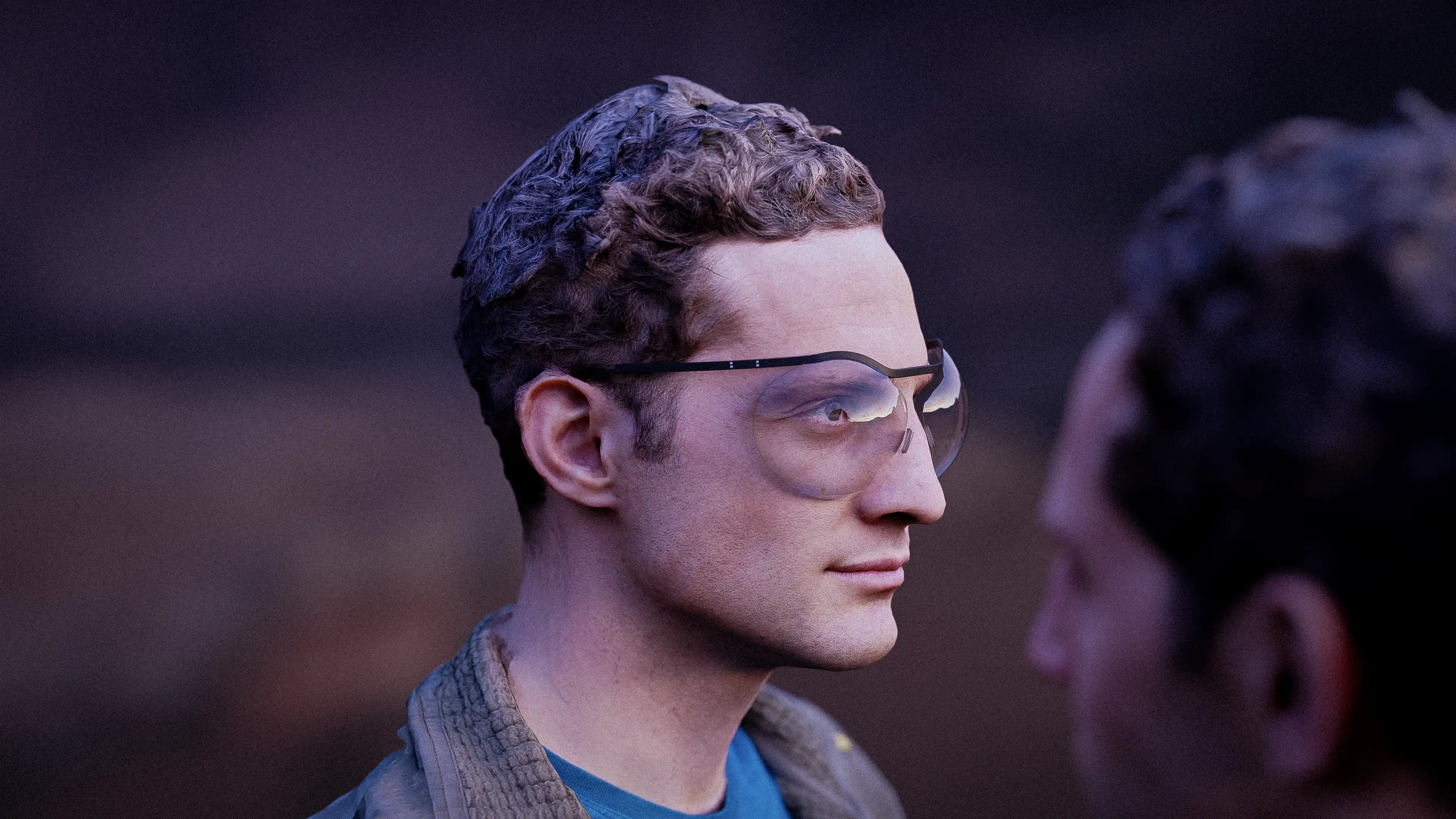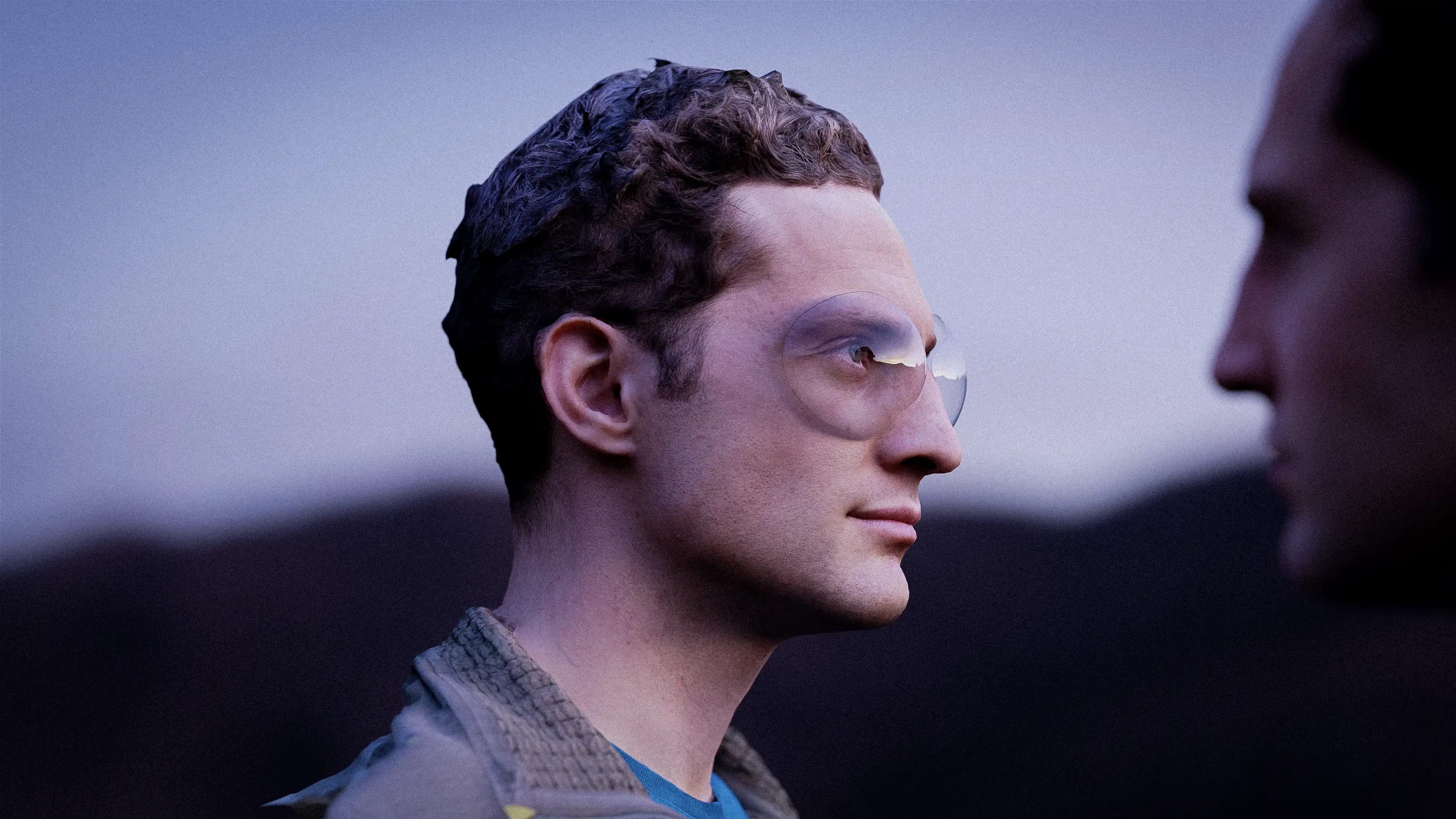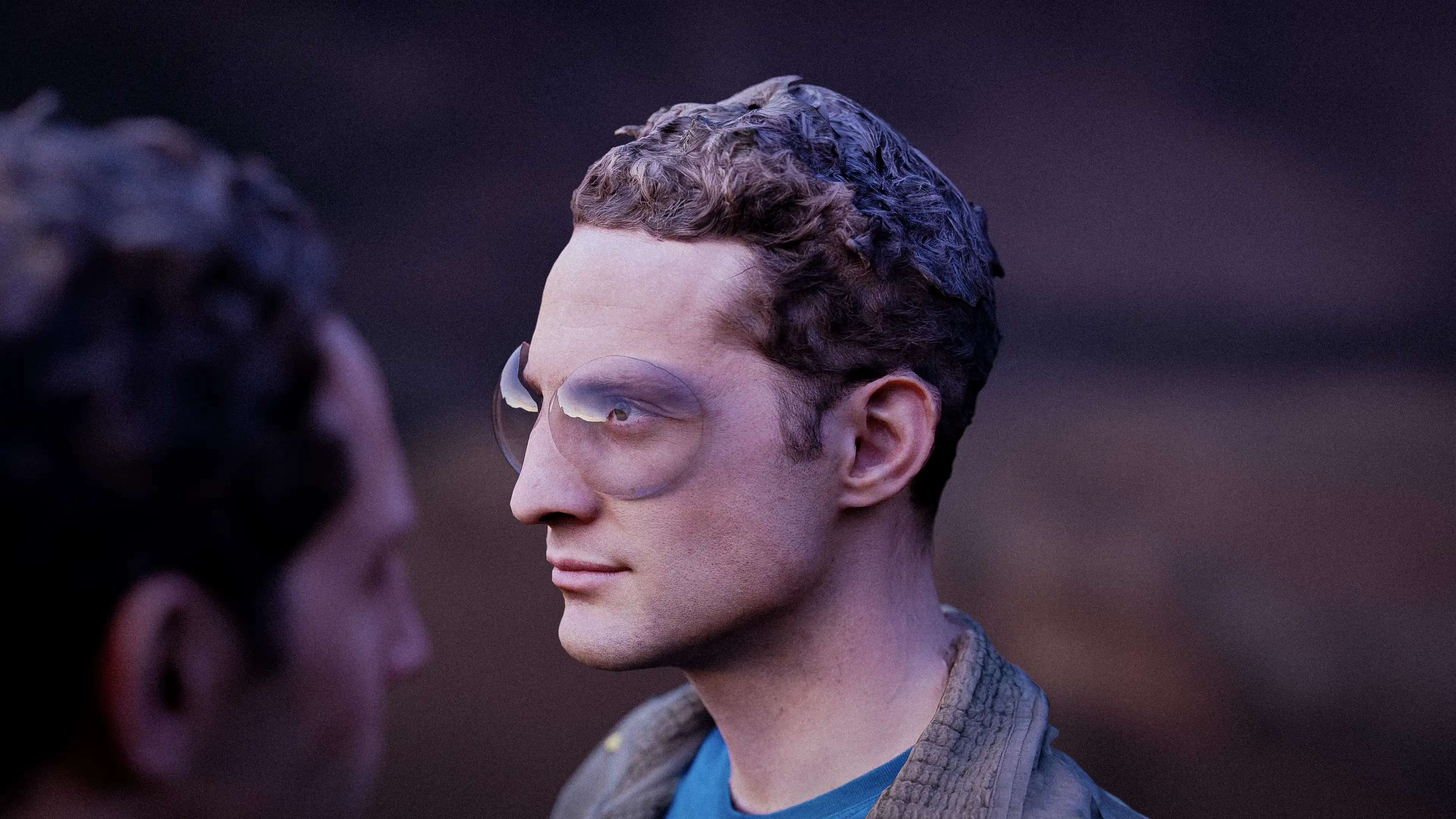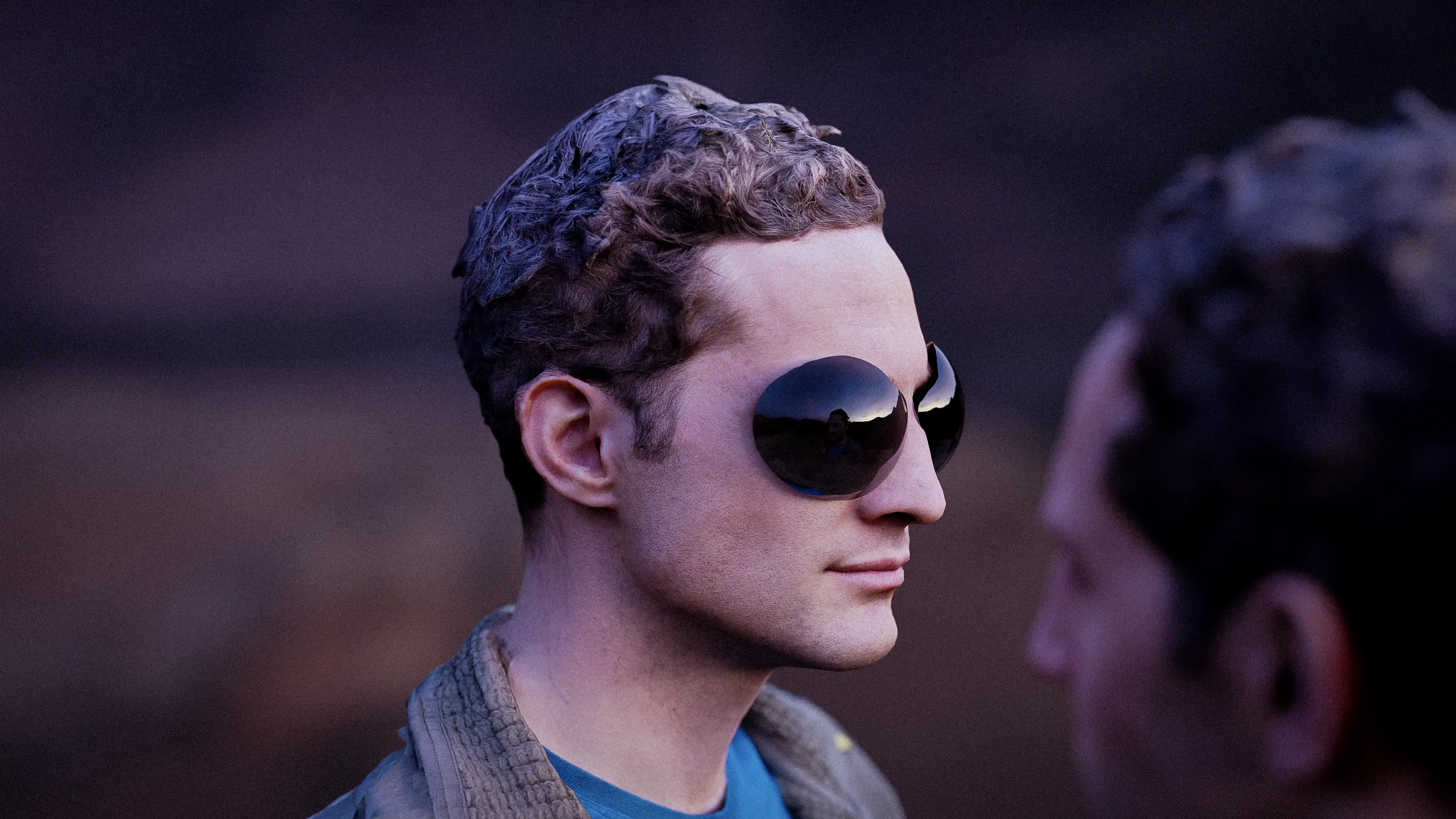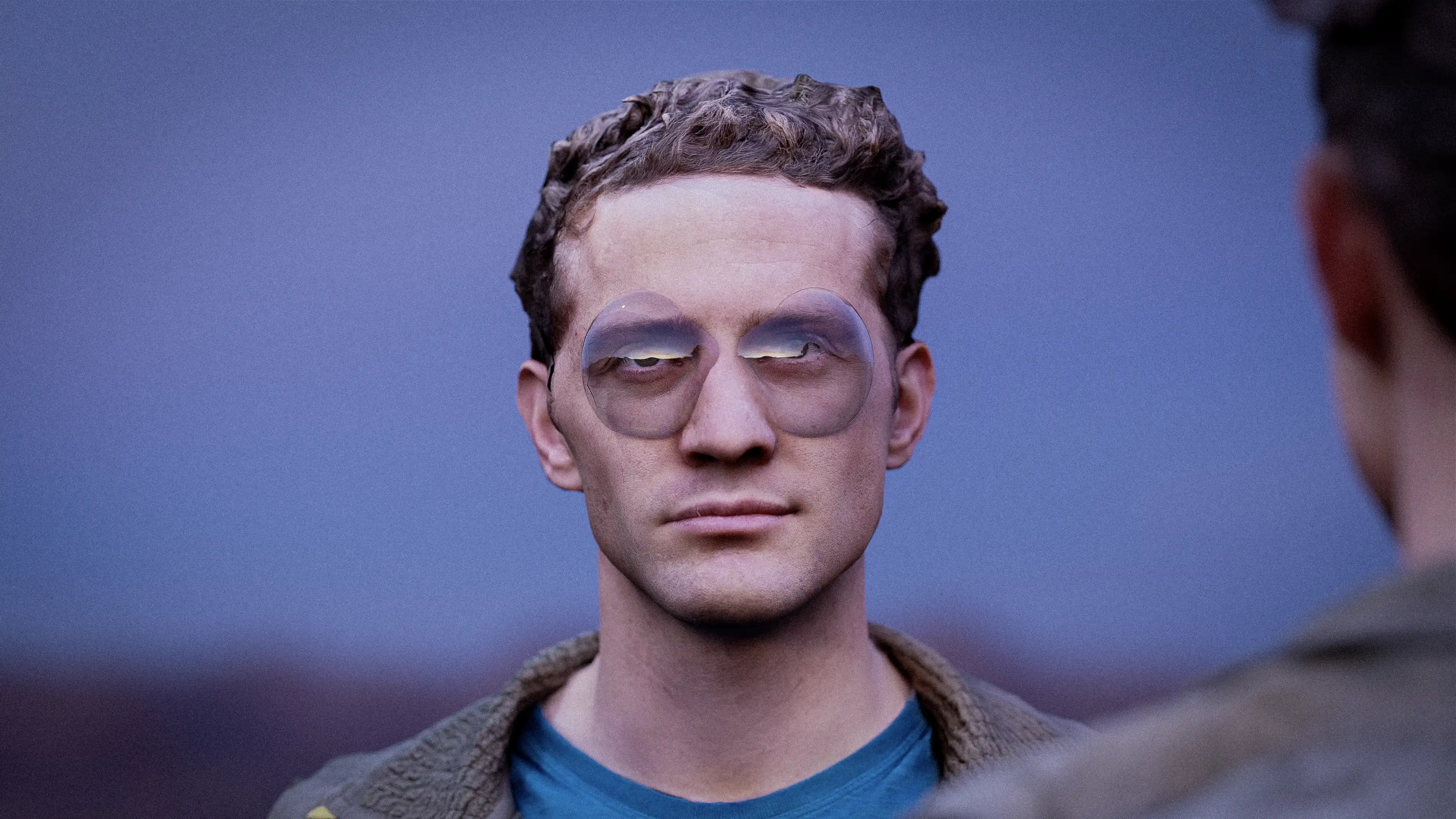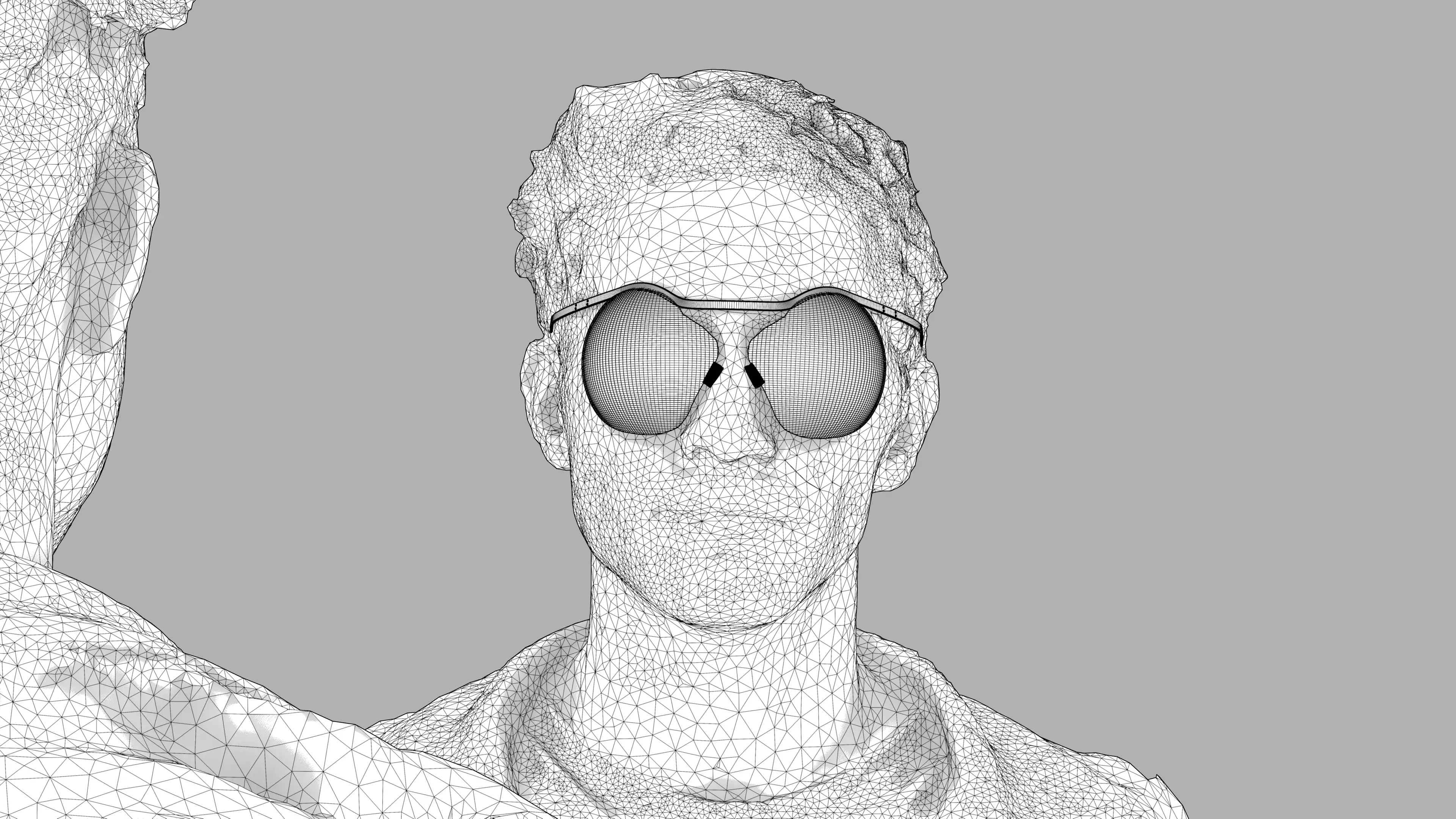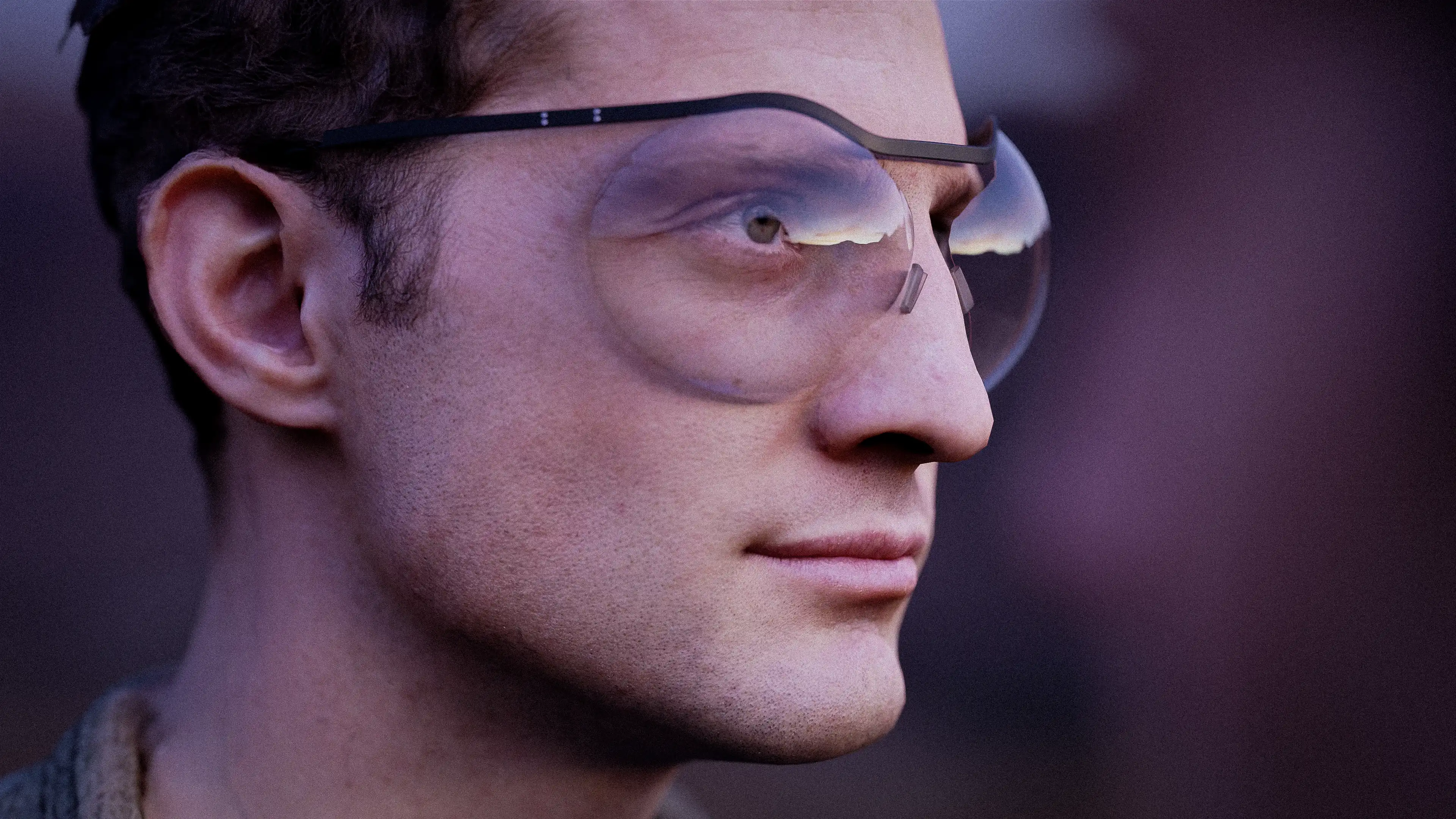
Reduced Distortion Eye-Ware
Reduced Distortion Protective Eye-Ware
This is part of the design thesis aiming for
- Physically derived functionality
- Conformity to human needs
- Reduced constraints from manufacturing and cost
Traditional Eye-Ware
Eyewear can be used to provide the user with corrective optics, eye protection, or aesthetic function. In all cases a glass or plastic is shaped in the form of an optic with a particular optical power and then attached to a frame which is affixed to the face by various means. Designs vary widely, driven by various functions of the eyewear. Corrective optics primarily aim to undo the distortions caused by myopia, hypermetropia, or astigmatism and so must have some focusing power. The material and shape of the non-focusing optic are chosen to achieve certain fracture strength, chemical resistance, wavelength transmission, focusing power, and aesthetic. In the case of non-focusing eyewear, the optic's shape constitutes two parallel surfaces bent in any variety of aesthetically motivated curves. The optic contour will typically match an average facial elevation profile with an offset and various aesthetic considerations. The curve of the optic surface might follow a facial profile viewed from above. In many cases, the design is manufacturing constrained so that the frame is easy to make and fit out of flat or nearly flat components.
Distortions
In general, eyewear designs do not consider the image distortions caused by the use of curved or flat surfaces, even when the optic is non-focusing as in sunglasses and safety glasses. When comparing the image with and without eyewear, the image will appear distorted with conventional eyewear resulting in an incorrect world view and extra thinking strain to subconsciously correct the distortion. The implications are felt in many domains including cars, weapons, and sports. The brain has to compensate and adapt to the distorted vision. The distortion arises from the changing orientation of an optic's normal with respect to the eye's view vector which changes the path length of the image through the optic and so translates the image compared to the natural view.
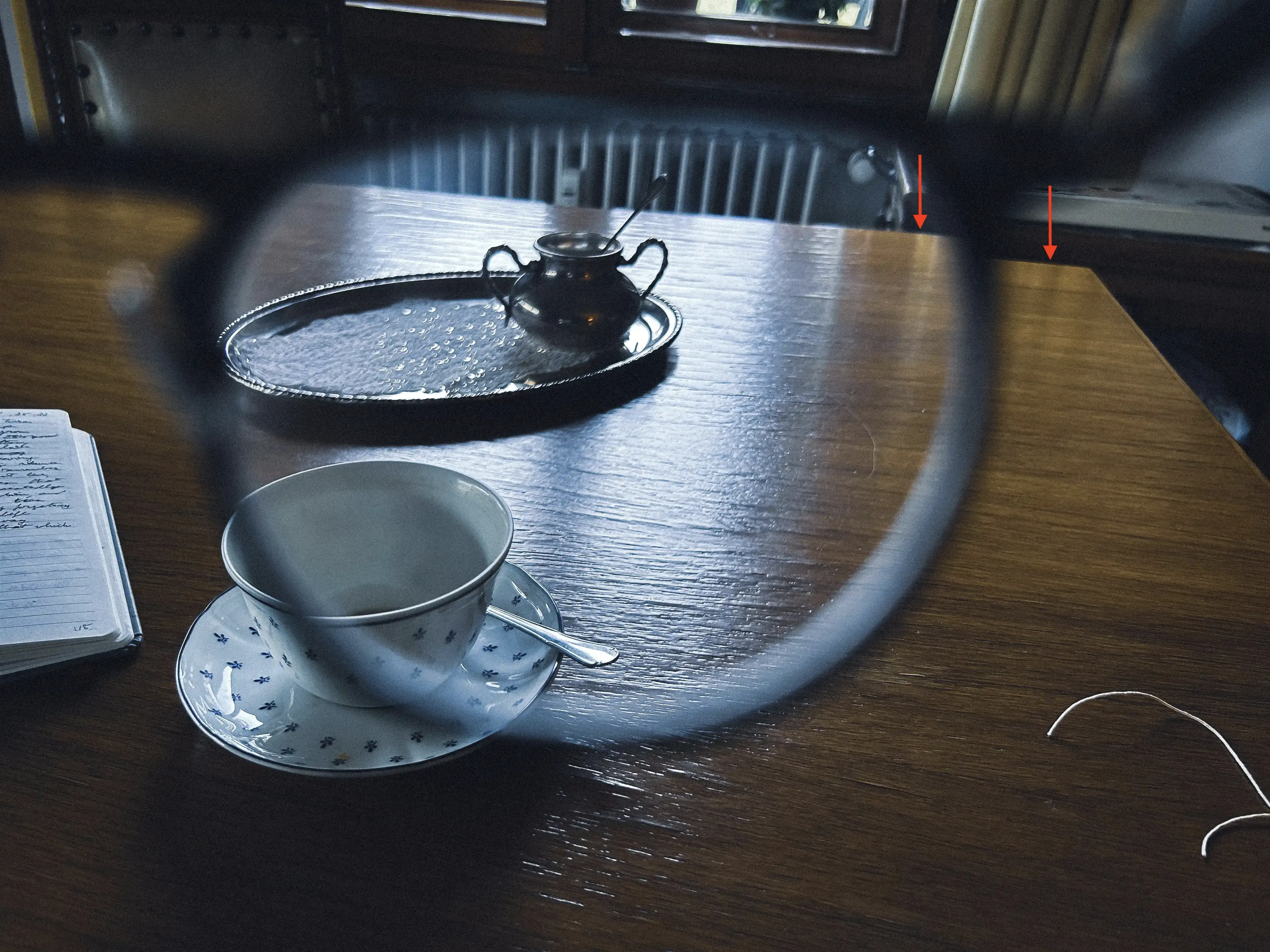
New Approach
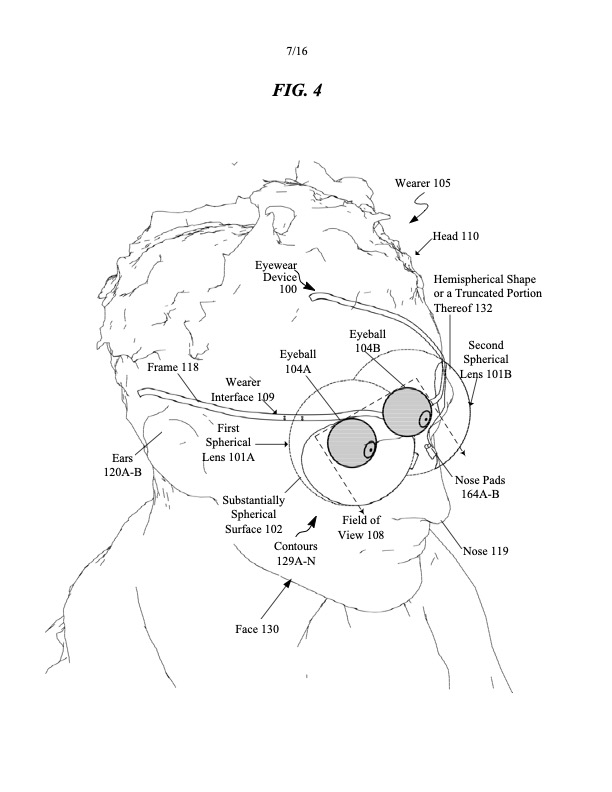
We propose a protective and aesthetic optic made of spherical non-focusing lenses centered on each eyeball and cut to match the user's face. Each optic is made of two parallel surfaces in the shape of a spherical shell and can be made any optically transparent material. Each sphere is centered at each eyeball's center of rotation and held in place with respect to the face by any number of mechanical means. The spherical optic is uniquely cut to match a user's 3-d scanned facial profile. The optics of a certain diameter are cut to match the face contours with an offset to avoid touching as well as various aesthetic additions such as extra cuts and a frame support structure that contacts the nose and ears.

In the figure below, the green outline is the image as seen without any optic, and the black outline is the image as seen through the optic. The left panel shows the distortions introduced by a flat or non-spherical optic, and the right panel shows a spherical optic with overlapping image and object. For the spherical lens, the image is the same with or without the optic.
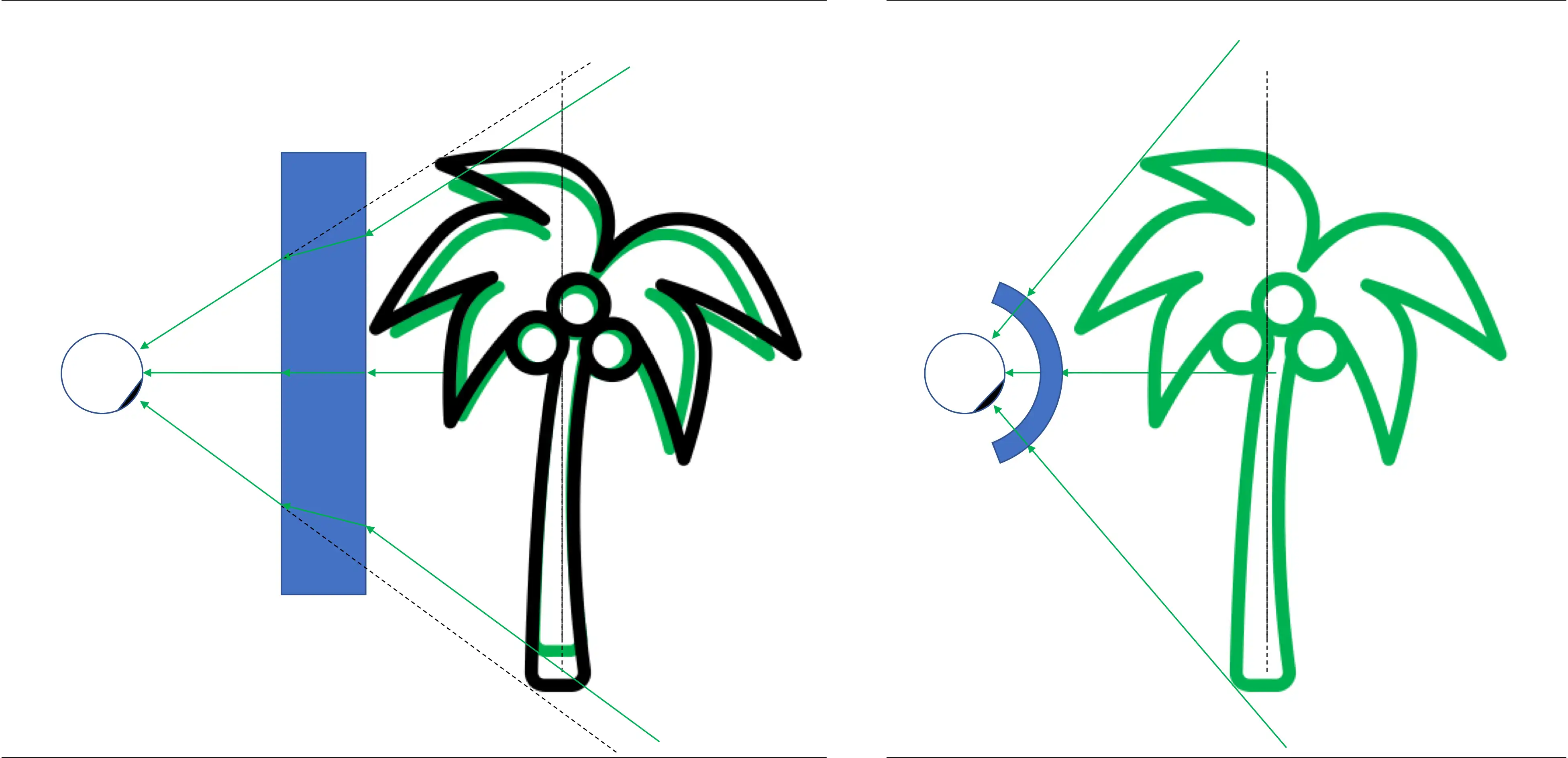
This practical and physically derived approach leads to a distinctive look of the optical device as below.
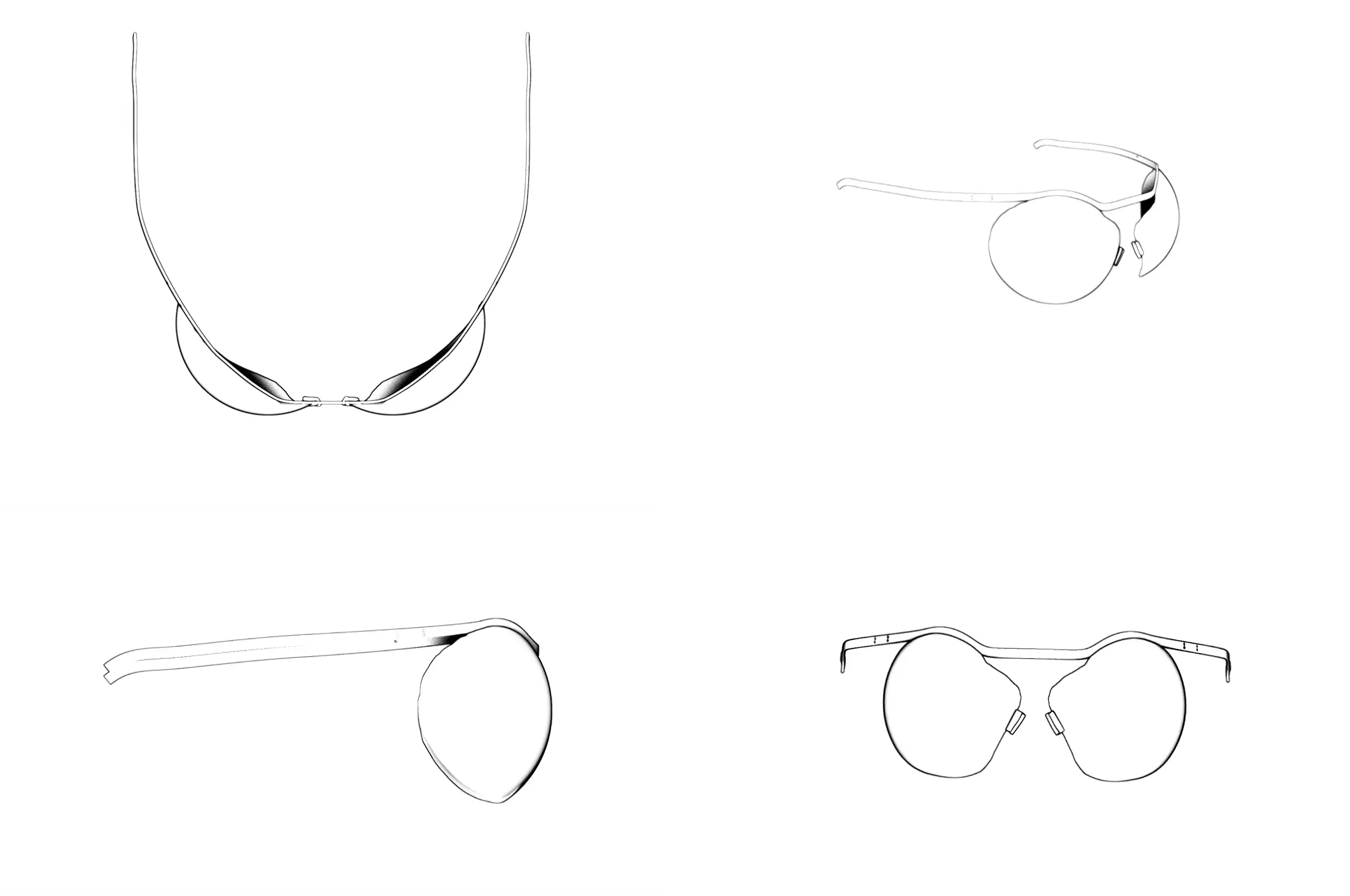
Support and Bridge
Protective eye-ware should minimize obstruction of the FOV. Support structures are often made of clear or semi-transparent plastic, reducing the negative effects of FOV obstruction. The same technique and many other eye-ware framing techniques can be used to support spherical optics.
However, the spherical optic allows for further reduction in obstructions compared to other systems. The spherical optic can extend above the eye brow, depending on the diameter chosen, and this area is outside of the FOV of eye. The framing connections and framing structure are located on the top of the optic which is outside of the FOV. Therefore, this framing and eye-ware can eliminate FOV obstruction.
The nose pads can be thick pads from the optic to the nose or pads with standoffs from the optic.
Relation to Contacts
The spherical eye wear concepts differs from the contact lens in various ways. The contact lens is a co-moving optic that moves with the eyeball, whereas this concept is for a static optic that provides a similar level of distortion free imaging but additionally provides many other benefits. The spherical optic described here sits at a distance from the eye and has all the advantages of non-contact eye wear; namely it can provide structural eye protection (blasts, impact, chemical), is easily put on or removed, and provides the opportunity for aesthetic design features such as different profile cuts on the spherical lens, different frame structures, and different diameter of the spherical optic.
Note: This Invention is Patent Pending: US 63/451,750 and I'm grateful to Sunjeev Sikand for his help with the patent application.
Gallery
I look a bit buggish.
